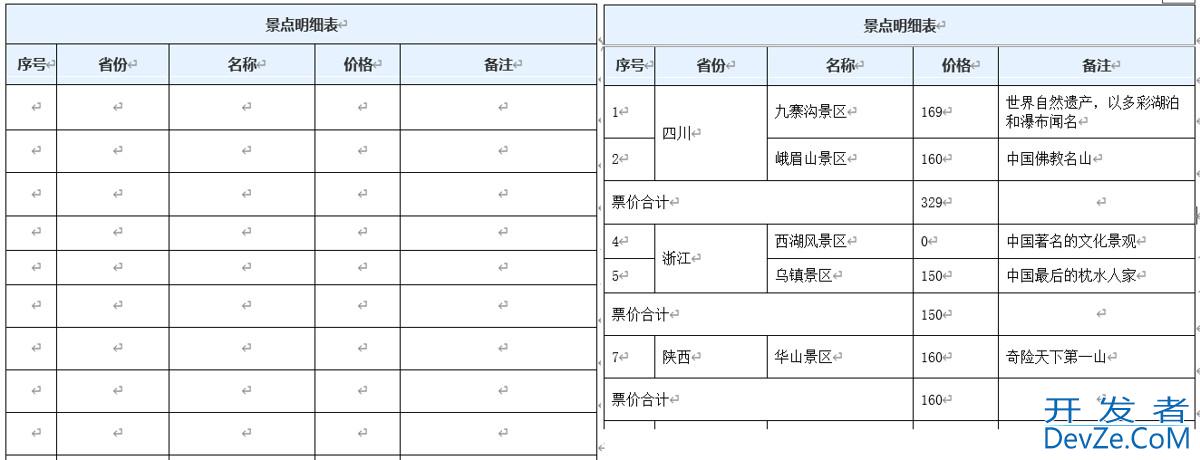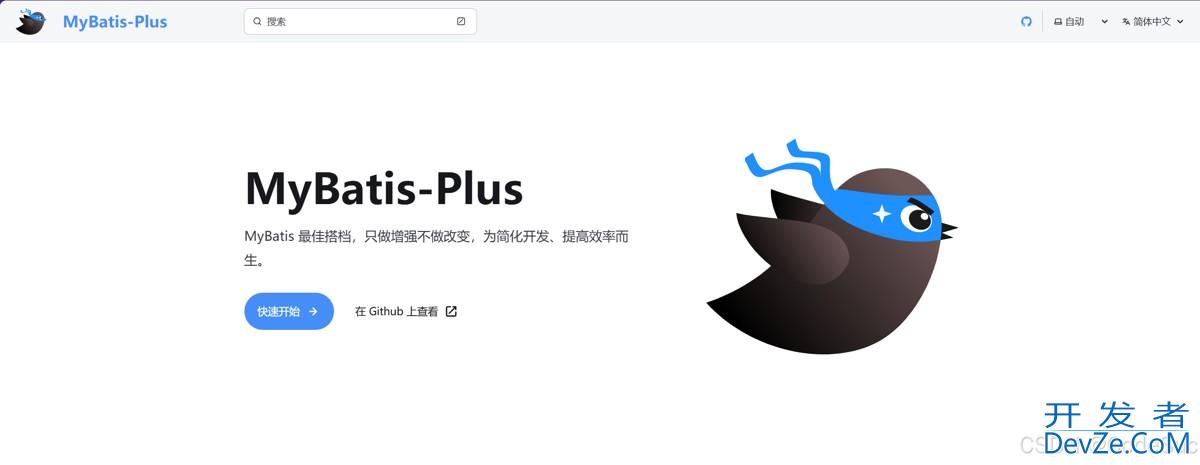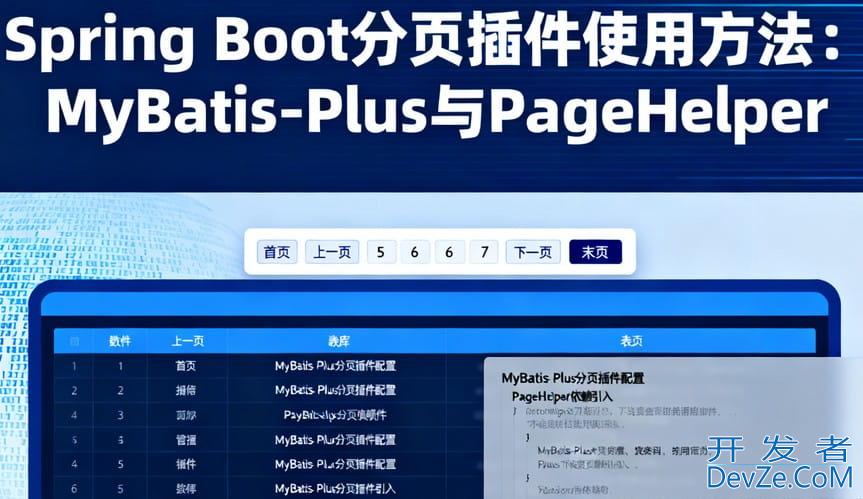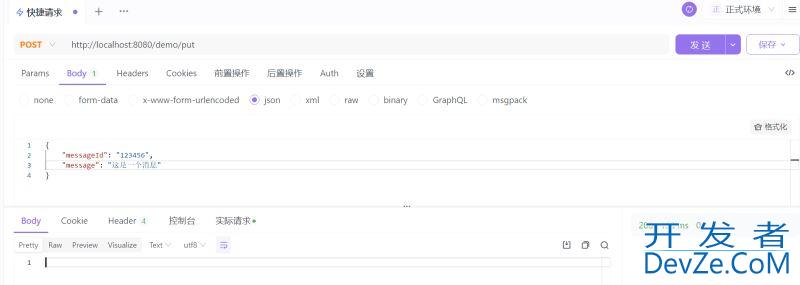目录
- Spring Profiles
- bean使用profile注解
- XML声明profile
- 设置profile
- WebApplicationInitializer 接口
- ConfigurableEnvironment 接口
- Web.xml
- JVM 设置
- 系统环境变量
- Maven设置
- Profiles In Test
- 默认Profile
- 获取生效的Profiles
- 使用Environment
- 使用spring.profiles.active
- SpringBoot Profiles
- 设置Profiles
- Profile-specific Properties Files
- 单文件配置
- Profile Group
Spring Profiles
今天学习下,Spring的核心功能之一 profiles,该特性允许开发者将beans映射到不同的环境中,如dev、test、prod。开发者启动服务时,可以根据自身需要在不同的环境中激活不同的配置。
bean使用profile注解
先来学习一个最简单profle的使用方式,学习如何让bean属编程客栈于特定的环境。假设一个场景:一个普通的bean,只在开发期间有效,其他环境无效。
@Component
@Profile("dev")
public class DevDatasourceConfig{
}
如上述代码,只需要在声明bean时,配合@Profile注解,并指定特定的环境即可。根据上面的场景,反过来看:假设一个bean除了在开发期间无效,在其他环境(如test、prod)有效。@Profile支持NOT操作,只需要在前面加上 ! 符号。例如 !dev, 就可以将dev环境排除。
@Component
@Profile("!dev")
// @Profile(value={"dev & local"})
public class DevDatasourceConfig{
}
XML声明profile
在XML配置文件中也可以配置profiles属性, 标签中定义了一个 profile 属性,多个属性值可以使用逗号分隔
<beans profile="dev">
<bean id="devDatasourceConfig"
class="org.baeldung.profiles.DevDatasourceConfig" />
</beans>
设置profile
可以通过多种方式设置profile向容器中注册bean。
WebApplicationInitializer 接口
web环境中,可以通过实现WebApplicationInitializer接口配置ServletContext上下文。
@Configuration
public class MyWebApplicationInitializer
implements WebApplicationInitializer {
@Override
public void onStartup(ServletContext servletContext) throws ServletException {
servletContext.setInitParameter(
"spring.profiles.active", "dev");
}
}
ConfigurableEnvironment 接口
通过ConfigurableEnvironment接口直接设置profile
@Autowired private Co开发者_开发入门nfigurableEnvironment env; ... env.setActiveProfiles("someProfile");
Web.xml
web开发者可以在web.xml中使用context param激活profile属性
<context-param>
<param-name>contextConfigLocation</param-name>
<param-value>/WEB-INF/app-config.xml</param-value>
</context-param>
<context-param>
<param-name>spring.profiles.active</param-name>
php <param-value>dev</param-value>
</context-param>
JVM 设置
profiles属性也可以通过JVM系统参数设置,并在应用启动时激活相关属性
-Dspring.profiles.active=dev
系统环境变量
Unix系统中,profiles可以通过声明系统变量来激活
export spring_profiles_active=dev
Maven设置
Spring profiles属性通过maven配置文件声明激活。
<profiles>
<profile>
<id>dev</id>
<activation>
<activeByDefault>android;true</activeByDefault>
</activation>
<properties>
<spring.profiles.active>dev</spring.profiles.active>
</properties>
</profile>
<profile>
<id>prod</id>
<properties>
<spring.profiles.active>prod</spring.profiles.active>
</properties>
</profile>
</profiles>
在编译打包时,通过以下动态参数传递,直接指定profile属性,开发不需要改动任何代码。这种方式在实际开发中经常使用,编译打包完成后,直接交付给运维团队
mvn clean package -Pprod
Profiles In Test
开发测试时,使用@ActiveProfile注解指定需要激活的profile。
@ActiveProfiles("dev")
目前为止,已知多种方式激活profile属性,它们的优先级,从高到低分别为:
- Context parameter in web.xml
- WebApplicationInitializer
- JVM System parameter
- Environment variable
- Maven profile
默认Profile
如果没有指定profile,Spring激活默认的profile - default, 可以在属性文件值修改 spring.profiles.default 的值,从而修改默认profile的名字
spring.profiles.default=none
获取生效的Profiles
Spring通过@Profile注解激活/禁止beans, 但是开发者希望获取生效的Profiles列表。有两种方式可以实现:
- 使用 Environment 对象
- 获取spring.profiles.active属性值
使用Environment
通过注入Environment bean获取激活的profiles
public class ProfileManager {
@Autowired
jsprivate Environment environment;
public void getActiveProfiles() {
for (String profileName : environment.getActiveProfiles()) {
System.out.println("Currently active profile - " + profileName);
}
}
}
使用spring.profiles.active
此外,可以通过注入spring.profiles.active属性值来获取有效的profiles。
public class ProfileManager {
//如果配置多个属性,则覆盖get方法 迭代出每一个有效的profile
@Value("${spring.profiles.active}")
private String activeProfiles;
public String getActiveProfiles() {
for (String profileName : activeProfiles.split(",")) {
System.out.println("Currently active profile - " + profileName);
}
}
}
但是,如果应用中没有profile,上述代码,由于缺少配置将会导致应用启动失败,为了避免这种情况,可以定义个 kong的字符串作为默认值。
//@Value("${spring.profiles.active}")
@Value("${spring.profiles.active:}")
private String activeProfile;
SpringBoot Profiles
Spring Boot 支持以上所有的功能,并增加了一些额外的特性。
设置Profiles
在Spring Boot 默认的配置文件 - application.properties 激活
spring.profiles.active=dev
通过启动类设置profile
//setAdditionalProfiles 不是静态方法,在实际使用中需要注意
SpringApplication.setAdditionalProfiles("dev");
使用spring-boot-maven-plugin插件
<plugins>
<plugin>
<groupId>org.springframework.boot</groupId>
<artifactId>spring-boot-maven-plugin</artifactId>
<configuration>
<profiles>
<profile>dev</profile>
</profiles>
</configuration>
</plugin>
...
</plugins>
执行maven命令
mvn spring-boot:run
Profile-specific Properties Files
Spring Boot 核心特性之一是定义了基于profile的配置文件解析规则。配置文件必须以-{profile}.properties格式命名。Spring Boot自动加载解析application.properties文件,并根据profile指定,加载特定的 -{profile}.properties 文件。
例如,需要配置开发/生产两种数据源,名称分别为application-dev.properties、application-production.properties。
application-production.properties使用mysql数据源
spring.datasource.driver-class-name=com.mysql.cj.jdbc.Driver
spring.datasource.url=jdbc:mysql://localhost:3306/dbspring.datasource.username=rootspring.datasource.password=root
application-dev.properties 使用内存数据库
spring.datasource.driver-class-name=org.h2.Driver
spring.datasource.url=jdbc:h2:mem:db;DB_CLOSE_DELAY=-1spring.datasource.username=saspring.datasource.password=sa
单文件配置
为了简化不同环境的配置,开发者可以在同一个文件中定义所有属性,并使用分隔符来指定配置文件。
my.prop=used-always-in-all-profiles
#---spring.config.activate.on-profile=devspring.datasource.driver-class-name=com.mysql.cj.jdbc.Driverspring.datasource.url=jdbc:mysql://localhost:3306/dbspring.datasource.username=rootspring.datasource.password=root#---spring.config.activate.on-profile=productionspring.datasource.driver-class-name=org.h2.Driverspring.datasource.url=jdbc:h2:mem:db;DB_CLVlscXOSE_DELAY=-1spring.datasource.username=saspring.datasource.password=sa
Profile Group
Spring Boot 2.4 添加的另一个特性 - Profile Group, 顾明思义,它允许开发者将类似的配置文件分组放置在一起。
假设一个场景:需要为生产环境提供多个配置概要文件,例如,生产环境中的数据库proddb、调度程序的prodquartz。
spring.profiles.group.production=proddb,prodquartz
到此这篇关于Spring Profiles使用方法详解的文章就介绍到这了,更多相关Spring Profiles内容请搜索我们以前的文章或继续浏览下面的相关文章希望大家以后多多支持我们!








 加载中,请稍侯......
加载中,请稍侯......
精彩评论